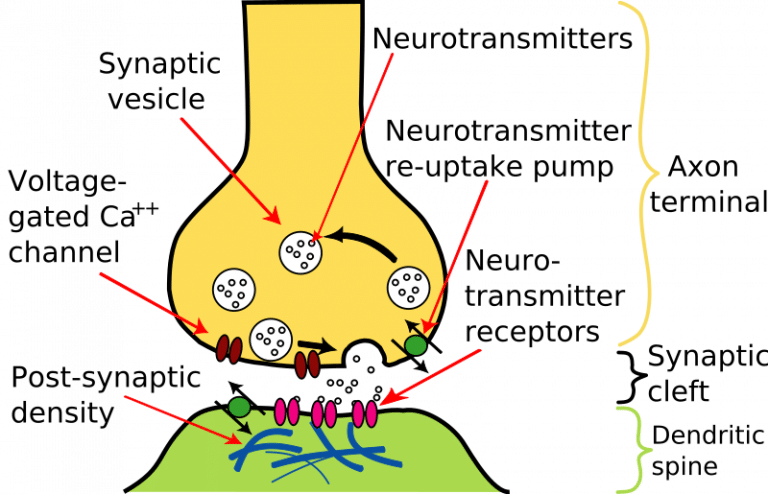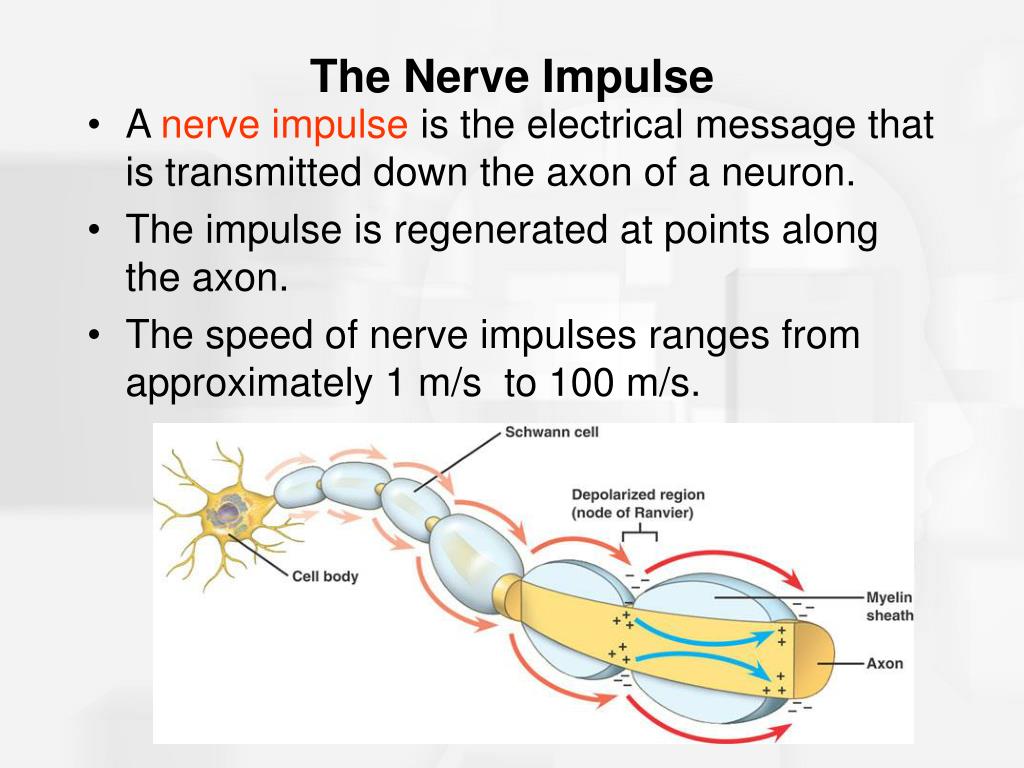
It has voltage-gated calcium channels and potassium channels on its membrane and contains mitochondria, endoplasmic reticulum, and synaptic vesicles (SVs) in its cytoplasm. Its structure is quite different from that of the rest of the axon. The nerve terminal is the presynaptic part of skeletal muscle NMJ. Each nerve terminal lies against the motor endplate and is covered by Schwann cells. On reaching the target muscle, the myelinated motor neuron loses its myelin sheath to form a complex of 100-200 branching nerve endings called nerve terminal/ terminal boutons. Neuromuscular Junction of Skeletal MuscleĪ skeletal NMJ is formed between the nerve endings of a motor neuron that arise either from the ventral horn of the spinal cord or from the medulla and the part of plasma membrane skeletal muscle called motor endplate.

The structure of NMJ of a skeletal, smooth, or cardiac muscle vary a little from each other, but all have three main parts a motor nerve ending, also termed the presynaptic part postsynaptic part, the motor endplate, which is a part of the muscle membrane the synaptic cleft an area between the motor nerve ending and the motor endplate. p7.Physiological Anatomy of Neuromuscular Junction Pain: Current Understanding of Assessment, Management, and Treatments. p281At this point in pain processing, perception of the pain experience is influenced by social and environmental cues, as well as by cultural conditioning and past personal experiences. It depends on the transmission of pain signals through the thalamus to the cortex and limbic system. Perception of pain is the awareness-typically an uncomfortable awareness-associated with a specific area of the body. 45 Wall and Melzack’s Textbook of Pain, 5th Edition. p1-2 The current view is that signals originating in the brain can both inhibit and facilitate pain signal transmission. Pain Inhibits Pain: an Ascending-Descending Pain Modulation Pathway Linking Mesolimbic and Classical Descending Mechanisms. The gate control theory, advanced by Melzack and Wall, focused on descending pathways from the brain to the spinal cord that inhibited pain signaling. p277 Many of these signals never reach consciousness because they are dampened by intrinsic modulatory activity within the central nervous system. Pain modulation refers to up or down regulation of pain signals throughout the spinal cord and the brain. From here, neurons project to the brainstem, thalamus, and hypothalamus, as well as to reflex arcs to mediate an avoidance response. Primary nociceptive sensory nerve fibers, synapse with second-order neurons in the dorsal horn of the spinal cord. P6 Signals are transmitted along the axons of nociceptors. Reston, VA: National Pharmaceutical Council 2001. 41 National Pharmaceutical Council and Joint Commission on Accreditation of Healthcare Organizations. Transmission is the process of transferring pain information from the peripheral to the central nervous system. 40 National Pharmaceutical Council and Joint Commission on Accreditation of Healthcare Organizations. This occurs at the ends of sensory nerve cells known as nociceptors whose terminals are sensitive to this type of activation.

Transduction occurs when a stimulus, such as pressure, thermal energy, or chemical irritation, is converted into a nerve signal or action potential. The Perception and Endogenous Modulation of Pain.

This capacity to modulate signaling may account, in part, for wide variations in pain perception between different individuals who sustain the same injury. p10 At every point in the process, the intensity and propagation of pain signals can be either inhibited or facilitated by neural pathways.

38 National Pharmaceutical Council and Joint Commission on Accreditation of Healthcare Organizations. The neurophysiologic underpinnings of pain can be divided into four stages: transduction, transmission, pain modulation, and perception. The four steps of pain signaling and processing Part III: Pain Terms, A Current List with Definitions and Notes on Usage. Nociceptive pain occurs as a result of the activation of the peripheral nervous system by noxious stimuli, such as inflammation caused by peripheral injury or disease.


 0 kommentar(er)
0 kommentar(er)
